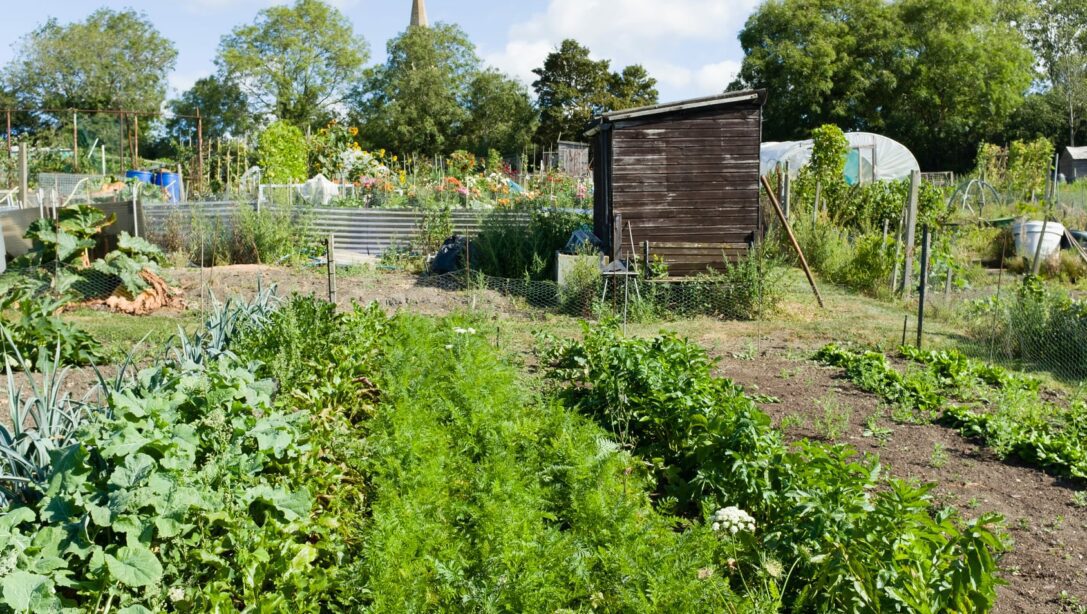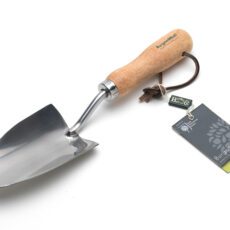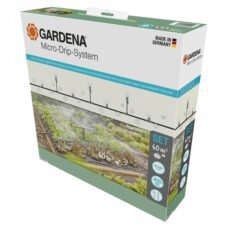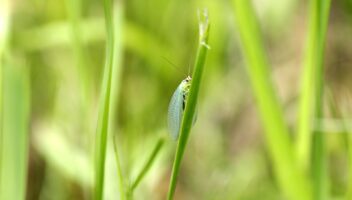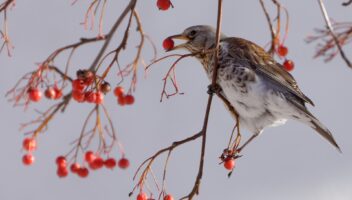Summer is here and with temperatures warming, daylight hours at their peak and the risk of frost behind, this is a great month for really getting your crops on the grow. There is also plenty of care to be offered through watering, feeding and regular weeding.
Below is our guide on grow your own in June paired with some helpful advice.
Sowing & Planting
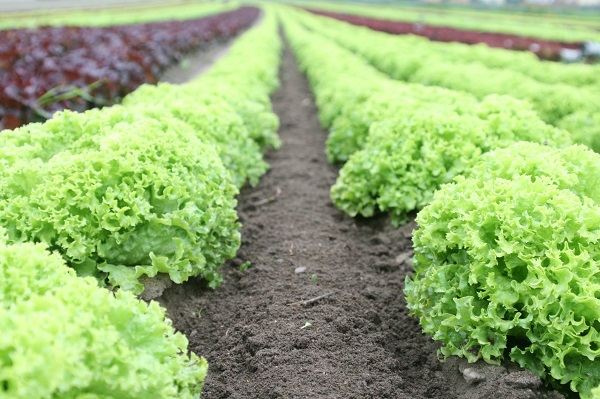
Sow Outdoors
You can continue to sow salad crops, like lettuce, rocket, and radishes. Sowing every few weeks will give you a supply all through summer and well into autumn. If your garden lacks space for a separate vegetable patch, plant lettuces in your borders along with your herbaceous plants, which has the added benefit of continuity of interest.
Sow Brassicas and Leeks Directly Outdoors
This is the last month for sowing beans, including French, runner and broad beans. These climbers will need support to grow up and a wigwam is a simple and attractive solution. Simply place three to four bamboo canes into the ground and tie together at the top. Roughly sow the seeds around each cane at the base.
Sow Sweetcorn Directly Outside
Sweetcorn should be sown in blocks, not as a single row. This is because it is pollinated by wind / air movement blowing the pollen from the flowers on to the tassels below. It needs pollen from one plant to blow on to the tassels of another (cross-pollination).
Read more in our guide to growing and harvesting sweetcorn.
If you hurry, there is still time to sow courgettes and pumpkins – get them in at the beginning of the month.
Plant Out
If you started your seeds, such as strawberries and peppers indoors, you can move them outside this month.
Sow Indoors All Year Around
Some plants, like pea shoots can be sown indoors all year round.
You can also continue to sow warmth-loving plants including courgette, marrows, squash and pumpkin seeds indoors.
Harvesting
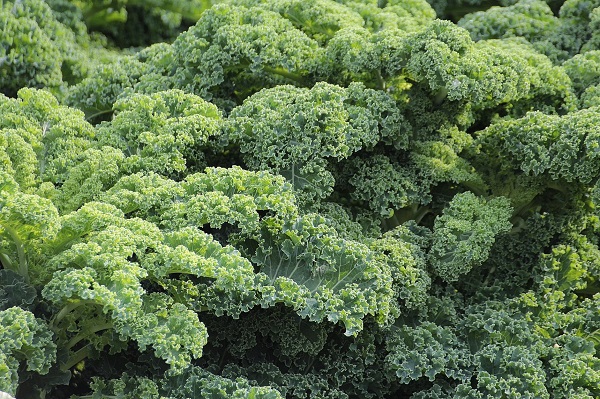
The following plants may be ready to harvest, depending on when you sowed them: kale, lettuce, peas, radishes, rocket, spinach, carrots, first early potatoes, broad beans, early courgettes, herbs, rhubarb, strawberries.
Other Key June Grow Your Own Activities
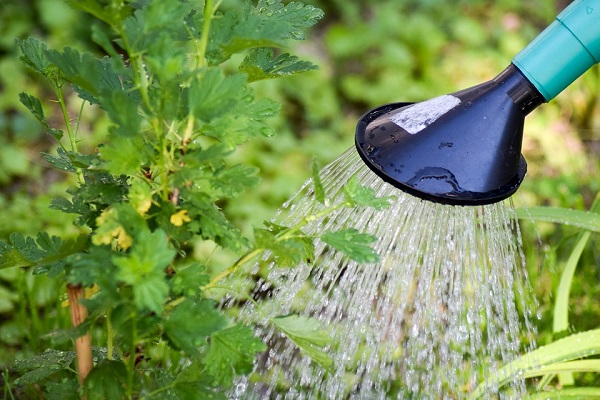
Earthing Up Potatoes
Some first early potato varieties may be ready to harvest already this month. Others, in particular maincrop varieties, will need ‘earthing up’ to increase the number of potatoes produced. Mound soil around the shoots and cover most of the stems, using the soil that is already there – or by adding soil if growing in containers. This process should be repeated every two to three weeks throughout May and June.
Pruning Fruit
Look out for any suckers around the base of your fruit trees and pull them off.
Pest Watch
This time of year, as our produce is in full growing mode, is also a time when many garden pests pose a threat. Controlling them is always a balance between protecting the ecosystem and preserving your crop.
We offer advice on identification and control in our Guide to Common Garden Pests.
You can also help deter pests in your vegetable plot by ‘companion planting.’ This means adding plants that act as natural pests deterrents, or attract beneficial insects that are the natural predators of less wanted visitors. For example, marigolds deter whitefly and attract ladybirds, which will help to control aphids.
Find a longer list of companion planting possibilities in our guide to companion planting.
Watering
Watering is one of the most important activities to get the best from your crop throughout the summer. Be particularly aware of crops growing in containers, which dry out more quickly. Tomatoes are particularly thirsty and will need watering daily. Some plants, such as blueberries, ideally need to be watered with rainwater if available.
Feeding
Many crops will benefit from an extra feed at this time. Give fruit growing in containers a feed with a high potassium liquid feed. Tomatoes, cucumbers and peppers will all enjoy the nutrients in tomato feed.
Weeding
When it comes to weeding, we always suggest little and often. Weeds are in full growing mode in the summer months, so set aside time as often as you can to remove.
Be Supportive
Some taller and climbing food crops, including tomatoes, beans and peas, need adequate support as they grow. This should be put in place when you plant them, but if you discover your tomatoes are leaning for example it’s not too late to create some extra support.
Tomato Side Shoots
Indeterminate tomato varieties produce side shoots / suckers as they grow taller, which appear in the junction between the stem and branch. To get the best yield from your plant, pinch these off when you see them by gently twisting them off with your fingers. Read our guide to growing tomatoes for detailed tomato plant care.
Greenhouse Cooling
If it’s a very hot June, make sure to keep your greenhouse well ventilated – open vents through the day.
Your June Grow Your Own Toolkit
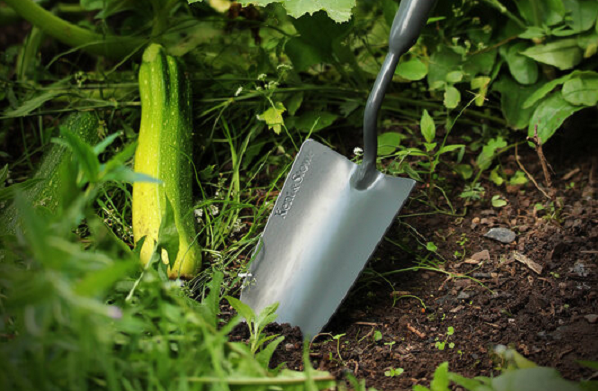
Sowing Outdoors:
- Seeds, Spade / trowel, gardening gloves
Harvesting:
- Trowel, trug
Watering:
- Water butt, watering can, hose system
Was This Article Helpful?
Join the Hillier Gardening Club to get the latest gardening news and advice
Find Out More

